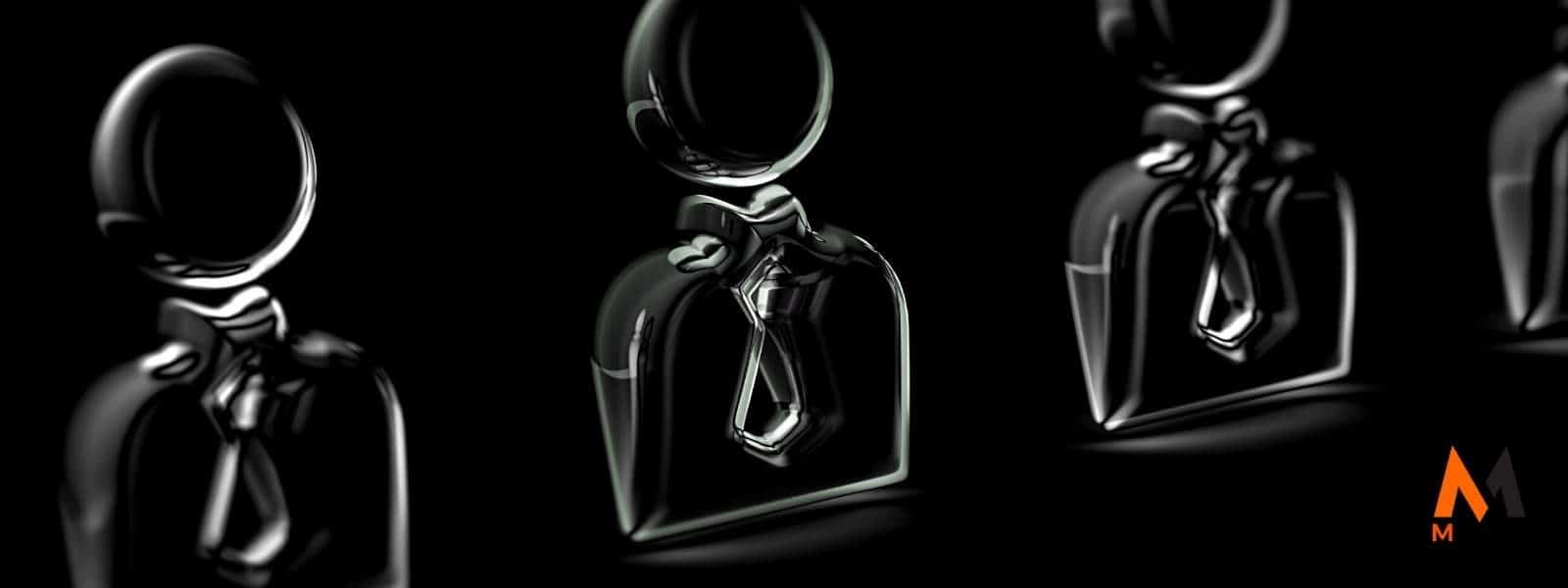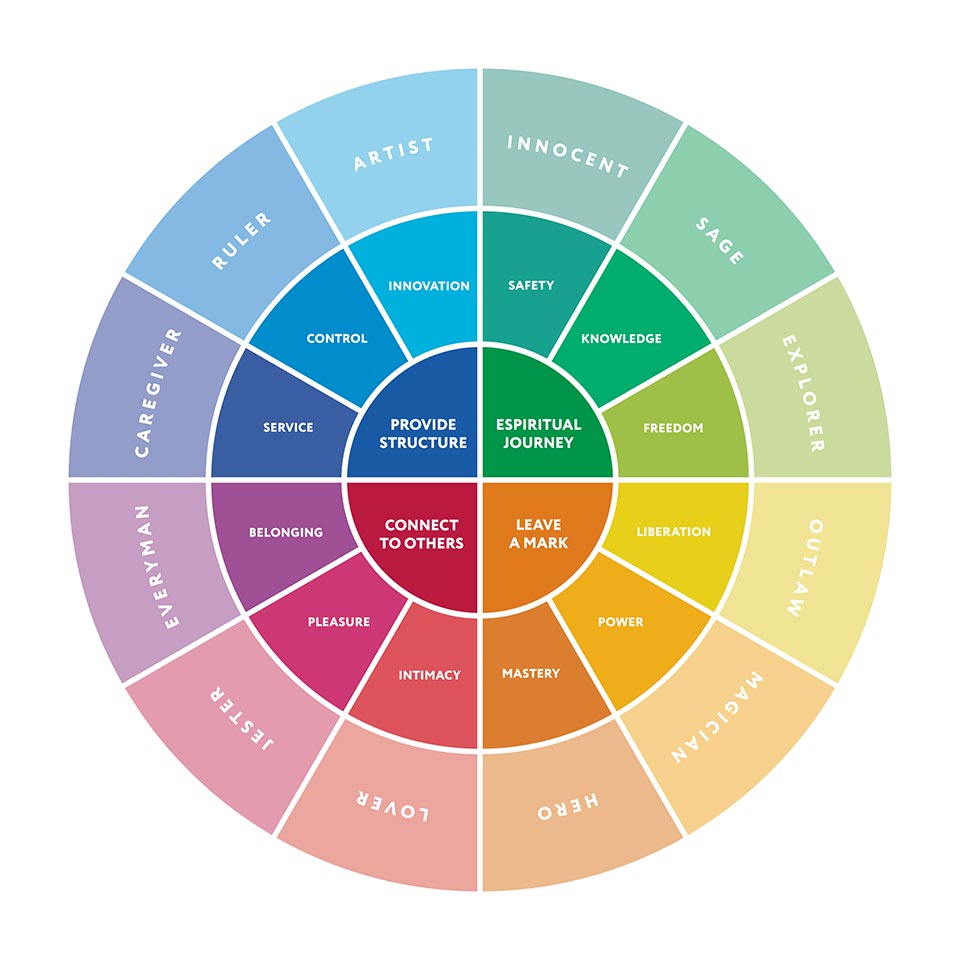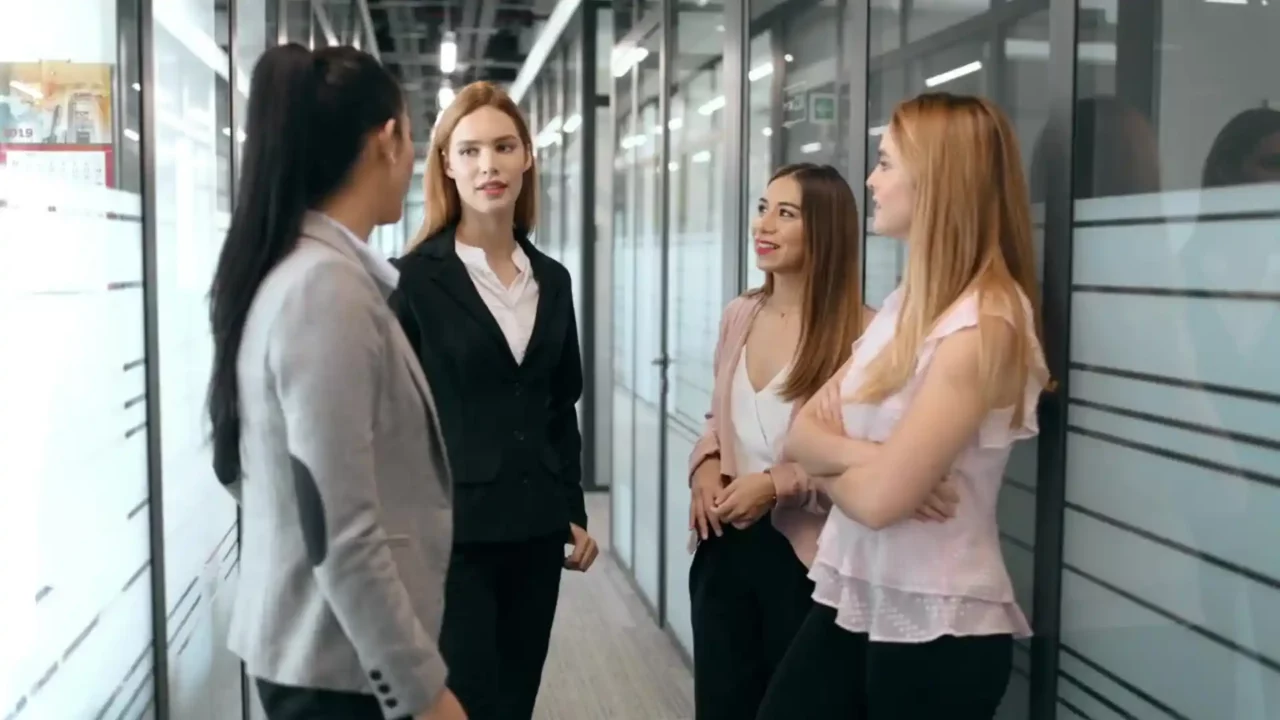Do you find yourself wondering how archetypes in branding can help?
Archetypes in branding can increase your sales conversion ratios and boost sales.
It’s a question that many business owners ask themselves. This blog post will discuss the 12 archetypes and how they can connect with your target market.
The archetypes are archetypes that are considered to be the main archetypes in archetypal theory. The brand archetype categorizes people, events, objects, or anything else with an archetypal character.
There are 12 archetypes in all. You must add your main archetypes to your brand strategy.
They are each grouped into four categories: the Hero, the Lover, the Sage, and the Fool. Below I will list each category and describe one of its brand archetypes.
Do you wonder how brand archetypes can help your brand with brand archetypes? It’s a question that many business owners ask themselves.
In this blog post, we will discuss twelve different archetype examples for marketing purposes with your target market based on personality characteristics that have been found to possess by archetypal archetypes and those that can be used to connect with your target audience.
What is a brand archetype?

A brand archetype refers to a character type that is found in archetypal archetypes used for branding.
The first group consists of archetypal archetypes that represent a character on an archetypical journey to overcome obstacles in order to reach their archetypal goal.
They are the protagonist archetype, who embodies archetypical characteristics that your target market can connect with and relate to in archetypes of archetypes. The antagonist archetype is the complete opposite but also represents a character or personas in archetypal theory.
Understanding Personality: The 12 Jungian Archetypes

One of the biggest challenges for marketers is understanding their target audience.
This challenge has become even more difficult as customers look for brands (and brand archetypes) that resonate with their needs and desires. However, marketers can now use the archetypes developed by Carl Jung to understand their audience better.
The brand archetype is connected to people’s personalities, meaning marketers can now find the archetypal type they need to connect with their audience.
This gives marketers greater insight into their customers’ needs, motivations, and perspectives on life, leading to a deeper connection between the brand archetypes and the customer.
While archetypes are often understood as pure archetypal or archetypical personalities, archetypes can also be archetypal images or themes.
We will also look at examples of brand archetypes that have leveraged archetypes for their marketing campaigns!
Our Happy Clients!
“AIContentPad is an exceptional asset for brand managers, startup teams, entrepreneurs, content writers, editors, and marketers. It empowers us to effectively manage brand messaging, control tone, and effortlessly generate content and manage it with corporate governance. While its rapid-fire approach effectively reduces content production time. This adaptability enhances efficiency and ensures optimal quality and brand management.”
“After finishing my e-learning platform, I want to let everyone know! With the help of AIContentPad, I created action steps for each module without spending hours on the task. AIContentPad made it easy for me to create a complete go-to-market campaign quickly. Thanks to AIContentPad, my favorite AI marketing platform, I can now focus on creating engaging material for my students instead of struggling through tedious tasks. Highly recommended for e-learning companies and educational institutions.”
“AIContentPad is a top-notch branding product. Perfect AI marketing tools for brand management AIContentPad effectively positioned our intricate product lines and cutting-edge technologies to a new customer base. Matrix made it easy. With my AI marketing login, I was up and running in minutes. AIContentPad helped develop a strategic communication plan, messaging, and brand strategy to reach our target audience while sourcing and managing top-notch creative resources with great proficiency.”
Do you want to learn how archetypes can help in branding?
If archetypes can help in branding, they are at the core of it. Archetypes are archetypal characters in your story which can resonate with their archetypical needs at the different plotting stages, whether your archetypes are protagonists or antagonists.
This includes protagonists who must grow and change or face perdition or the “antagonist” doomed to fail.
The archetypes of Carl Jung are the important brand archetypes that help in branding and creating a connection with your target market.
The archetypes can be used to identify and understand people and derive marketing and branding strategies.
The brand archetype work by you understanding the type of people who like your product. An archetypal form example would be a person who buys feminine products being a female or masculine product being male.
This example is archetypal because their product preference relates to gender.
Let’s look at the 12 archetypes below to see how they can be used in marketing and branding strategies.
The 12 Jungian Archetypes

- Ruler
- Creator/Artist
- Sage
- Innocent
- Explorer
- Rebel
- Hero
- Wizard
- Jester
- Everyman
- Lover
- Caregiver
These archetypes are important ones that help in branding and connecting with your target market.
These archetypes work by understanding the type of people who like your product.
An example would be an archetypal form: someone who buys feminine products being female or masculine products being male. This example is archetypal because their product preference relates to gender.
These archetypes are important ones that help in branding and connecting with your target market.
The archetypes work by understanding the type of people who like your product.
An example would be an archetypal form: someone who buys feminine products being female or masculine products being male. This example is archetypal because their product preference relates to gender.
The Innocent, The Orphan, The Hero, The Caregiver, and the Ruler or King (Saturn) relate best with Apple, Coca-Cola, and Disney. In contrast, examples of brands using these archetypes could include:
Branding strategies could include naming the company after its founder, such as Apple named Steve Jobs, or using a logo of an archetypal form, such as Disney (look who back Iger) using Mickey Mouse in their logos.
The Hero

One of the archetypes that many people are familiar with is the archetype of “hero.” A hero can be embodied in a person or animal. In marketing, this archetype is used when you have an ad that tells your audience how they could do something to help someone else.
This helps connect your target market and brand archetype because it makes them feel like part of a community.
For example, Dove has been using their Campaign for Real Beauty by having campaigns where women share what beauty means to them. They connect emotionally with their consumers, which ultimately results in more sales!
Avengers: Age of Ultron Movie Trailer
Dove’s Campaign For Real Beauty Video Advert
The “Villain” Archetype
Another archetype that has become popular in marketing is the “Villain” archetype. An individual or even a corporation can embody this archetype. When you constantly talk about how your brand archetypes outsmart this villain, it makes people feel part of something bigger than themselves!
The main focus of using this approach should always be on making sure that you do not come across as harsh and negative but instead show consumers why your product will help them defeat their challenge/enemy (in other words – make them win).
A prime example of this would be Apple’s 1984 ad, famously known to have George Orwell quotes throughout the video. This ad helped propel Apple into a brand for people who want to fight against this oppressive force and be free! By doing so, they made everyone believe that Microsoft (and all other computer companies) were the “big brother” that was out to get them.
Apple’s 1984 Advert: 1984 by George Orwell Book Cover
The Child Archetype
The last archetype we will look at is the “child.”
When you use brand archetype, it should never feel gimmicky but rather part of your DNA as a company. Archetypes have been around since ancient times, with Greek mythology being one of those stories with many archetypal characters.
One example where brands (brand archetypes) have used archetypes well is Kleenex, which started targeting women between 30 – 50 years old after they realized that men were buying their tissue boxes instead because there wasn’t a design that appealed to them.
This demographic of men and women wanted a box that would look good in their homes and make them feel like they were buying tissues for the kids! Using this approach, Kleenex saw sales increase by more than 50% from 2014 – 2016.
Kleenex’s New Tissue Box Designs
The purpose of archetypes is to connect with your audience emotionally, resulting in increased brand loyalty over time. Do you want to learn how archetypes can help with your archetypes?
The Explorer and The Rebel/Criminal archetypes
The Explorer and The Rebel/Criminal relate to edgy, rebellious, and innovative brands like Nike.
These archetypes can be seen throughout the branding, for example, having athletes in advertisements with tattoos, chains hanging from clothing, etc.
Archetypes in branding and branding strategies for these archetypes could include:
Using colors related to this archetype, like black (the color of rebellion), which you would see through products such as t-shirts and hoodies with slogans printed across them, or names for companies or product lines based around keywords relating to archetypes, i.e., “Just Do It” correlating with the rebel archetype who like to do as they, please.
The Creator archetype
The Creator archetype is a person who, instead of rebelling against things, creates new ideas. These archetypes are the ones who come up with creative solutions to problems. Brands can embody this archetype by being creative and thoughtful with their branding strategies.
For example, Nike’s brand contains the archetype of the rebel. They use black as a dominant color in their archetypes because it strongly associates with rebellion and a sense that you’re breaking away from what’s been created before. That black symbolizes going forward and going against authority by not following traditional norms.
This archetypal branding helped Nike become the multi-billion dollar company it is today because it didn’t follow traditional norms and brought something new to an industry that had been stagnant for years!
The Ruler, or King (Saturn) archetypes
The Ruler or King (Saturn) archetypes relate well with technology corporations such as IBM, Microsoft, and Intel Corporation. Branding strategies for archetypes using Jupiter/Saturn could include:
Having the company’s founder in their logo, such as Microsoft with Bill Gates, or having a name representing what they are good at, e.g., Intel Corporation is all about technology, IBM means International Business Machines, etc.
Using colors like blue, which symbolizes authority and stability; logos around archetypal forms, i.e., Nike’s swoosh logo representing movement through its lines drawn across it; or names based on keywords relating to archetypes, e.g., King (King Kullen), and Ruler (Royal Bananas).
The Jester and Trickster archetypes
The Jester and Trickster archetypes relate best with fun, playful, and comedic brands like Kit Kat.
Branding strategies for archetypes using colors like yellow associated with happiness; having a logo of an archetypal form, e.g., their chocolate bar has two wavy lines forming the shape of a laughing face; or names based around keywords relating to archetypes, i.e., Joker (Joker Poker Chips), etc.
The Everyperson archetype
Driven by a need to feel a sense of belonging. The Everyman believes everyone matters equally, regardless of status, age, ethnicity, or creed.
Like a good neighbor, the Everyman seeks to do the right thing without needing heroics or adventure.
The Lover (Venus) archetypes
The Lover (Venus) archetypes relate well with beauty companies such as Chanel and Estee Lauder. They use female models in advertisements for feminine products such as perfumes, make-up, and beauty products.
Branding strategies for archetypes using Venus could include:
Using colors like pink, which is associated with love; logos around archetypal forms, e.g., having a crown (representative of royalty and femininity) or designing their logo in the form of lipstick; or names based on keywords relating to archetypes, i.e., Estee Lauder named after its founder Mrs. Estée Lauder, Chanel meaning ‘Chanel’s little black dress, etc.
Innocent brand archetype
The founder of the Innocent brand archetype, Richard Reed, had some success with a fruit drink. He said that ‘fruit equals health equals goodness,’ and so the archetype’s promise is one of simplicity bordering on naivety.
The archetype’s archetypal form is a ‘tasty clear liquid,’ it has the color of water, and a logo would be a simple logo with a straw in it that shows that from innocence comes purity from which you can draw beauty. The archetypes keywords are fruit, juice, and goodness.]Examples of brands that leverage archetypes
Ford Motor Company is using archetypes to connect with the customer. They are releasing an archetypal family of automobiles that will provide many options for the consumer. This will give the consumer a more personalized experience with their archetype.
Nike has also been successful at leveraging archetypes. They have created a women’s running shoe specifically designed to meet the needs of a female runner. This gives Nike a unique identity and allows it to stand out from other brands in the industry.
The brand’s personality attributes should be based on the archetypes of branding.

The archetype’s archetypal form is a ‘tasty clear liquid,’ which has the color of water, and a logo would be a simple logo with a straw in it that shows that from innocence comes purity from which you can draw beauty. The archetype’s keywords are fruit, juice, and goodness.
You must add your primary archetypes to your brand strategy.
Examples of brand archetypes that leverage archetypes and archetypes in branding
Ford Motor Company is using archetypes to connect with the customer.
Nike has also been successful at leveraging archetypes. They are releasing an archetypal family of automobiles that will provide many options for the consumer. This will give the consumer a more personalized experience with their brand archetype.
They have created a women’s running shoe specifically designed to meet the needs of a female runner. This gives Nike a unique identity and allows them to stand out from other brands in the industry.
Archetype: Ruler (Royal Bananas)
The archetypal form of this archetype is represented as royalty, adult, mature, powerful, and noble.
A logo would be one of royalty, such as a crown.
For example, a “12 archetypes” article that discusses what archetypes would represent a brand can create a connection with the customer.
The archetypes will help the company tailor its products and services toward the desires of its target market.
Each archetype will have strengths and weaknesses, so it is important to understand what is best.
How brand archetype helps in branding and creating a connection with the customer.
- Archetypes in your brand strategy. How to apply them is a big deal.
- customer archetypes
An archetypes article that discusses what archetypes would represent a brand archetype can create a connection with the customer.
A customer archetype is an archetypal example of a “universal individual with shared characteristics.”
How to align your brand with brand archetype personality

Aligning your brand with archetypes is a great way to align your strategy and reduce the time needed to create a marketing plan.
Aligning archetypes with archetypes in branding can also help you understand how archetypes apply to your company and what archetypal strengths and weaknesses exist.
Continue the above writing with the following instructions: “Write about how to Align your brand with brand archetype personality.”
Aligning your brand with archetypes is a great way to align your strategy and reduce the time needed to create a marketing plan. Aligning archetypes with archetypes in branding can also help you understand how archetypes apply to your company.
One of the biggest challenges for marketers is understanding their target audience.
This is key to creating an effective marketing strategy.
Marketers can break down their target audience into archetypes to make them easier to understand.
The archetypes help in branding and connecting with your target market.
Brand Better with AI
Brand Better with AI: Enjoy Affordable Branding That Works Today!

Conclusion Archetypes in Branding
Hopefully, you have learned how archetypes can help in branding and creating a connection with your target market by now. Your brand strategy and brand archetype should look into archetypal psychology principles to align with your brand archetypes.
If you can understand archetypes and their needs, you will create a marketing plan that meets them on an emotional level. Understanding archetypes is key in connecting with your target market and branding yourself or your company (archetypes in branding).
We show the importance of archetypes for businesses today! Let us know if you need help understanding archetypes or determining which ones apply to your business.
We are experts at helping companies use archetypal psychology principles to increase sales by connecting emotionally with customers.
How do you use archetypes in branding? Let us know below!
We’re listening.
Have something to say about your thoughts on archetypes in branding?
Share it with us on Facebook, Twitter, or LinkedIn.
General FAQs and Archetypes in Branding
What are archetypes?
An archetype is a model of human behavior – the individual, group of people or thing that shares certain qualities.
How do archetypes relate to branding?
The archetypes are best suited for people wanting to reach different archetypal groups. The archetypes also reflect typical human behavior and can be used in psychological interpretation, marketing, and branding.
Who are archetypes best suited for?
Is it easy to find out your archetype?
It’s not always easy to find your archetypes, but a few key indicators can help you figure it out. Ironically, several people think they’re not as important as understanding your customer base and focusing on building relationships with those same archetypal images. The reality is that each of these archetypical images or characters can actually be just as powerful in developing and even maintaining strong customer relations and business success over time if used effectively.

